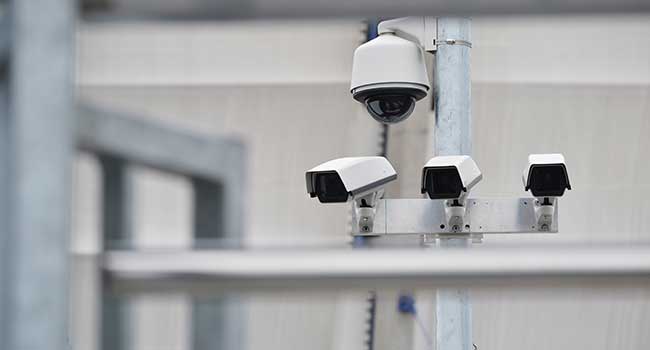
New Jersey City Deploys New Video Surveillance System in Police Department
"Without the cameras, it presents a danger to officers who can't monitor the prisoners without direct contact,” said Lt. Alan Fiorilla in a report to City Manager Nick Villano. "This leaves the officers vulnerable."
- By Jessica Davis
- Oct 18, 2018
The City Council of Clifton, N.J., approved Tuesday a $66,000 emergency appropriation for new video surveillance in its prisoner cells after the video system stopped working. Police officials said that the lack of functional cameras put officers, detainees and the city at risk.
The Clifton Police Department has 10 prisoner cells (eight for men, two for women) and two holding cells, which can be efficiently monitored by an officer if the video surveillance is working. When the system is not functional, detainees have to be monitored by multiple officers, because the cells are in different locations.
According to Detective Lt. Robert Bracken, New Jersey’s bail reform measures have resulted in fewer reasons to detail prisoners, but there are still times where the department has multiple arrests and may require more officers for detainee monitoring.
"Without the cameras, it presents a danger to officers who can't monitor the prisoners without direct contact,” said Lt. Alan Fiorilla in a report to City Manager Nick Villano. "This leaves the officers vulnerable."
Officials added that without appropriate video surveillance, the city could be held liable if a prisoner were to harm themselves while confined.
Fourteen cameras will be installed in the cell blocks, and Villano said he expects the work to be completed “fairly quickly”.
When the video surveillance system ceased functioning, it had already been slated for replacement, Villano said. The city had budgeted $250,000 to overhaul the video surveillance system throughout City Hall, its grounds and the police department.
“This happened while we were shopping,” Villano said.
The city also plans to add surveillance to a number of parks to increase security and reduce vandalism.
About the Author
Jessica Davis is the Associate Content Editor for 1105 Media.